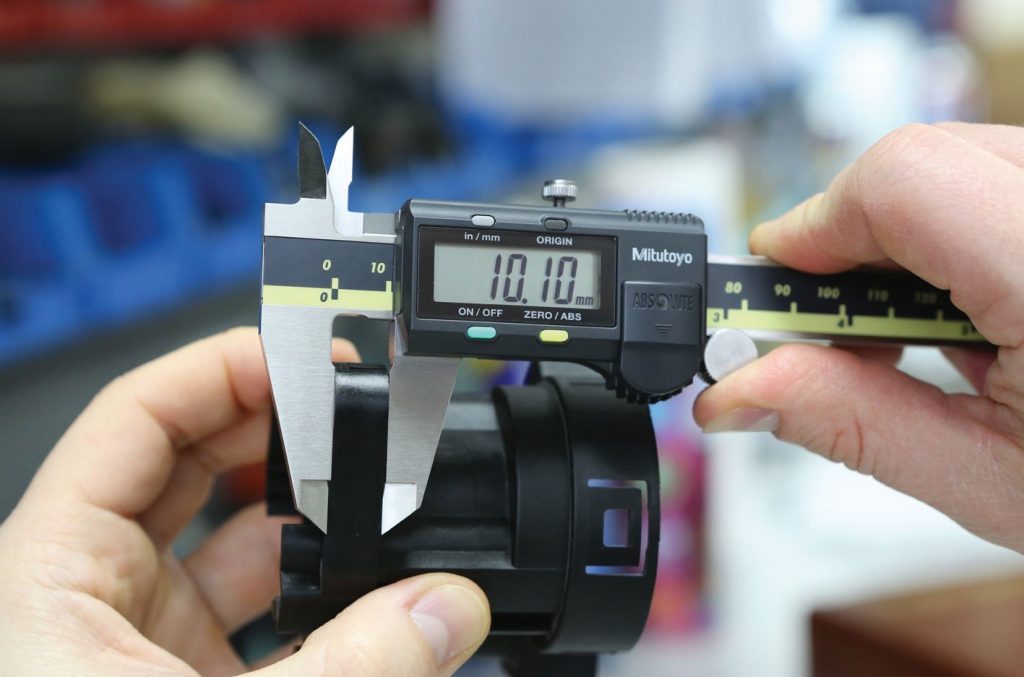What is reverse engineering?
Reverse engineering defined
In broad terms, reverse engineering is any process employed to understand how a product, process, or system works.
For physical products, reverse engineering involves exploring how individual parts were developed, how they work, and how they contribute towards a product’s functionality. The process is also known as “backward engineering” in the sense that one starts from the finished product and learns more about the latter by taking it apart.

But reverse engineering isn’t a modern tool. One of the earliest registered cases in history involves the Roman Republic and their rivals, the Carthaginians, in a war for dominance over the Mediterranean. Carthage had one of the most technologically advanced navies until the Romans got a few of their ships and took them apart to study them. The Romans then incorporated the best solutions they found to their own galleys, leveling up the game in the seas.
Today, as did the Romans, businesses from every industry sector use reverse engineering to gain competitive advantages. And that’s perhaps the ultimate goal of this process: leveraging the aggregated knowledge– or value– from a finished product and applying it to your own benefit.
What is reverse engineering used for?
Nowadays, reverse engineering assumes different forms and serves many purposes. In most cases, it is used to:
- Create a new part based on an existing design
- Create a new part in interface with an existing part
- Understand a competitor’s design
- Optimize or customize an existing product
Reverse engineering can even be used to replicate individual parts entirely. For example, a team from Oxford University recreated rare and unique 17th-century musical instruments from the Pitt Rivers Museum with reverse engineering techniques and 3D printing. Now, researchers and students have a chance to study these fragile instruments in detail without risking damage to the originals.
Reverse engineering workflow
Generally, there are three major steps involved in reverse engineering a physical object:
- data gathering,
- data processing,
- and further working the models.
Data gathering involves converting physical geometry into digital data, i.e. acquiring a point cloud of the object. This can be achieved via numerous methods but usually involves inspection and measuring techniques with tools like CMMs (Coordinate Measuring Machines) and metrology 3D scanners.

The next step includes processing the gathered data to ensure the digital model accurately represents the physical object. This generally includes 3D modeling tasks like filling in holes or creating primitives to prepare the digital model for the next step.
Once the reverse-engineered object is properly digitized, it’s finally possible to analyze the 3D model and work with it, whether by studying its geometry, adapting it to different use cases, or creating entirely new parts with it.
One can argue that there’s a fourth step, manufacturing the object, but that relates more to the end purposes of reverse engineering than the process itself.
The role of 3D scanning
Arguably the most critical step in reverse engineering is the first one, converting physical shapes to a digital environment. Indeed, the better the acquired data (in quality and quantity), the easier it will be to work with.
3D scanning is one of the most reliable and efficient methods available today to precisely capture 3D data and digitize physical objects. This modern technology is known to substantially reduce data gathering times while offering high-fidelity, digital reproductions.
You may also like:
The best metrology 3D scanners
To translate these benefits into practical terms, let’s look at a classic reverse engineering case: reproducing parts and components that can no longer be found on the market.
Today, many manufacturing shops struggle to recreate these parts, often resorting to manual measurements with calipers, tracing out geometries with pen and cardboard, and even producing different prototypes to check for model accuracy. This process can take days, if not weeks, depending on the complexity of the part.

However, thanks to 3D scanning, the lead times for digitizing parts can be reduced to hours, with most of that time being spent on processing point clouds and optimizing the resulting 3D models.
As such, 3D scanners have become indispensable tools for design agencies and engineers from all horizons and industries.
Conclusion
Reverse engineering is a powerful tool to master in today’s competitive market. The ability to obtain knowledge from finished products is a significant competitive advantage.
Industrial practices are becoming ever so digital, making modern reverse engineering techniques fundamental in any product development and production process.
Moreover, due to the fast-pacing production environment of today’s industry, faster and faster design processes are required, making 3D scanning an essential tool in reverse engineering.
 English
English  Français
Français


